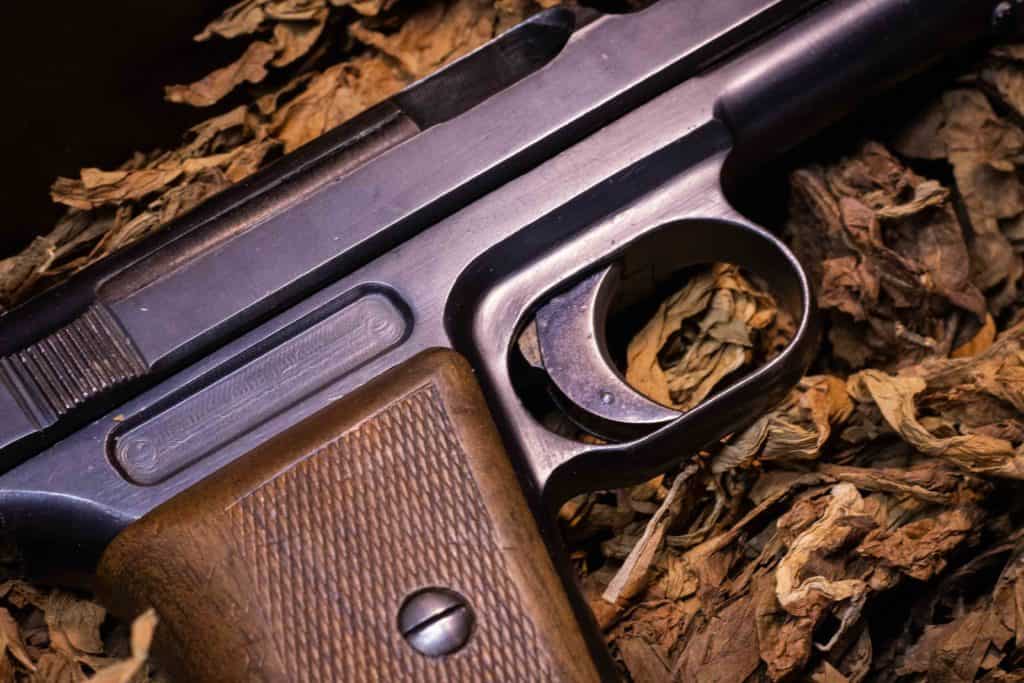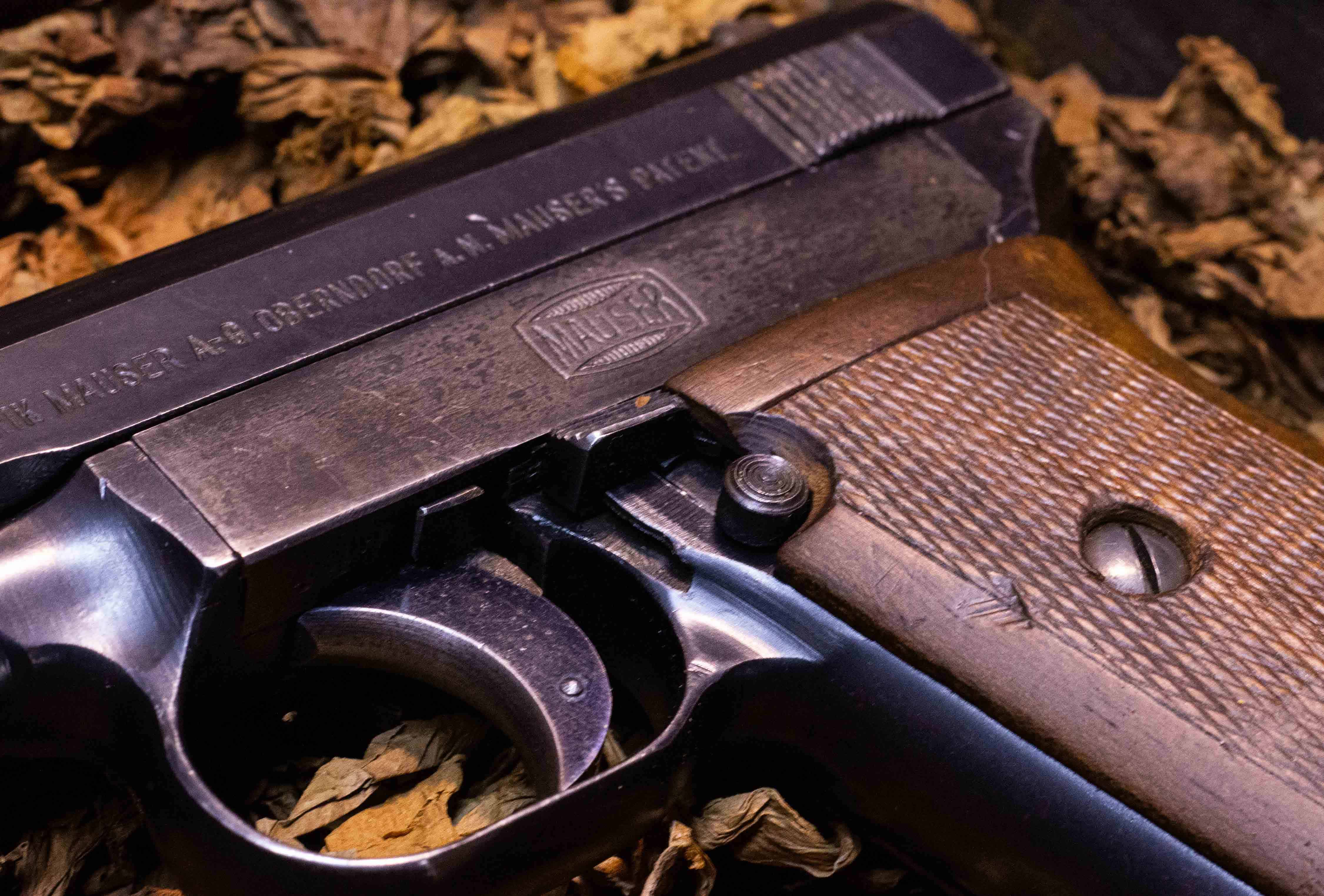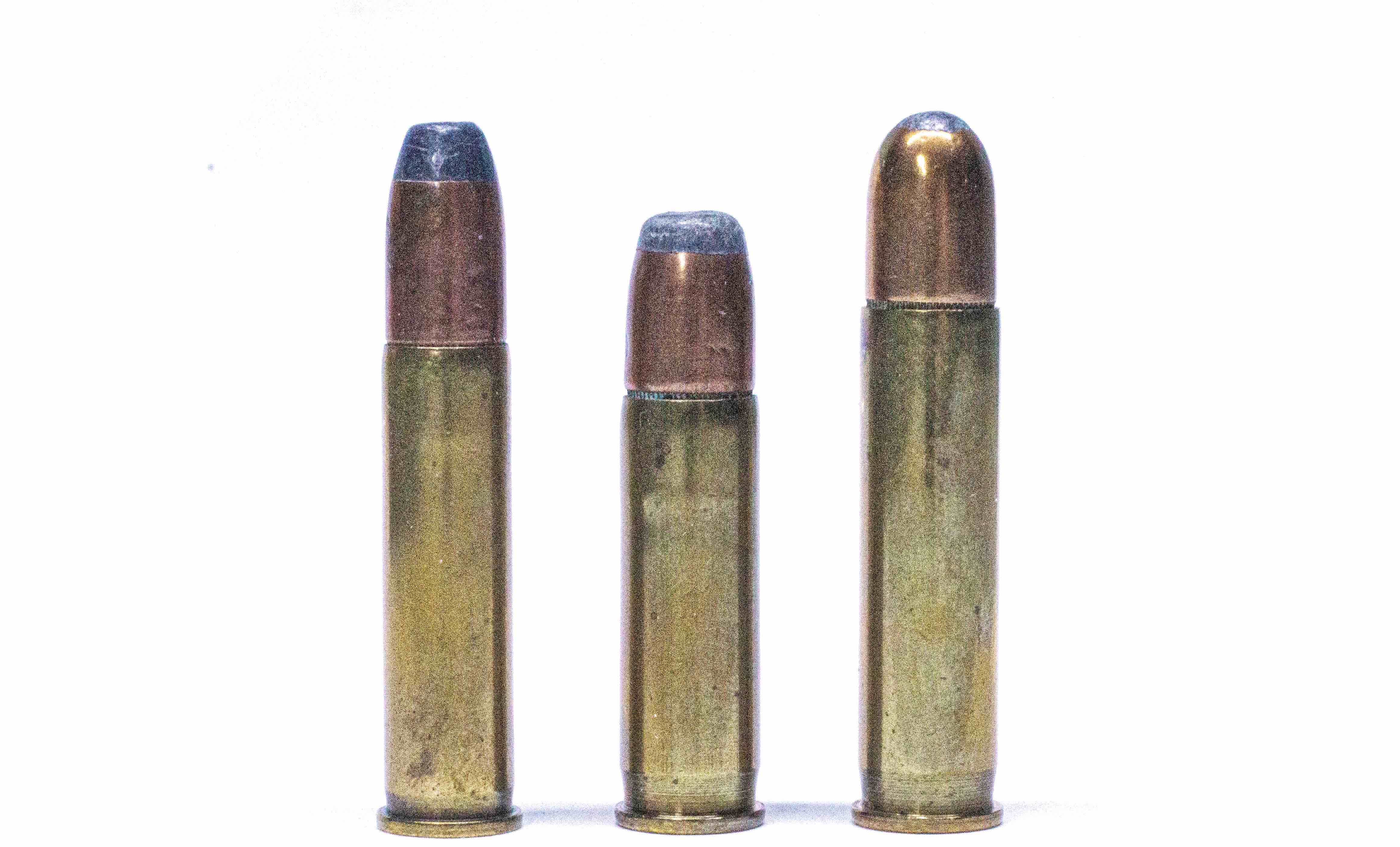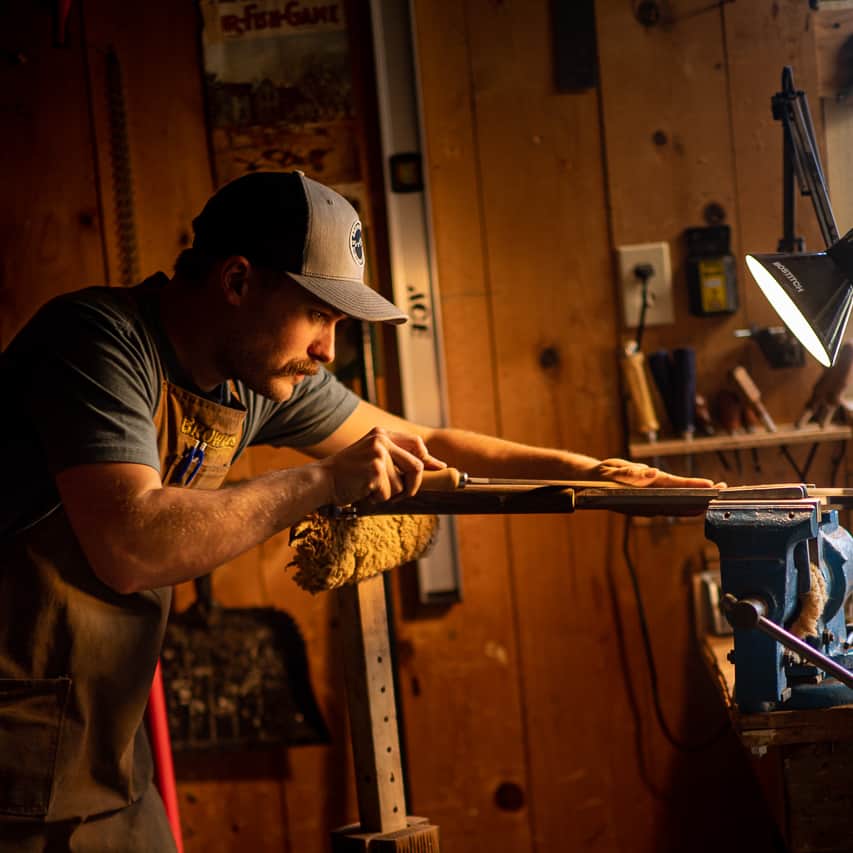
The operation of semi-automatic firearms can be very complex and reliant on well-tuned parts and pieces. They can also be extremely simple in principle but tricky. Blowback operation is one of those simple yet complicated ideas that has been used in firearms design for well over a century now.
Blowback operation is a commonly used method of operation in self-loading firearms. There is no lockup, it relies on both the recoil spring tension and the weight of the bolt or slide to keep the high cartridge pressures contained during the firing sequence. The same high pressures that are being contained are needed to complete the entire operation of the design.
Let’s take a deeper look at the principles of a blowback-designed firearm.
Affiliate Disclosure: This article may contain affiliate links. When you use these links, I earn a small commission from each sale generated at no cost to you. This commission helps me continue to put out free content. I work a full-time job that I am very happy with; therefore, I don’t need this commission and am not obligated to speak highly of any product. Everything written is my own opinion: the good, the bad, and the ugly.
Blowback Principles
Although simple in theory, blowback is very complicated in principle. Maintaining safe cartridge pressures during firing can be complicated. Without a lockup, everything begins to move once the ignition of the cartridge primer initiates the firing sequence. Therefore, the system must consider this movement to be reliable and safe.
The amount of time that it takes for the bolt to move rearward is critical to the safety of the design. If the bolt opens too quickly, the cartridge would not be fully supported by the chamber and could rupture, potentially putting the shooter at risk. On the other hand, if the bolt opens too slowly, it is conceivable that it will not have enough energy to complete the cycle of operations.
Use coupon code KTG10 to get 10% off your order of $150 or more at Brownells.
The blowback design can be defined as gas-operated.
In Volume IV of The Machine Gun, by George Chinn, the author states, “The distinguishing characteristic of a blowback weapon is that the cartridge case must move under the direct action of the powder gas pressure.”
During the firing sequence, the pressure spikes inside the cartridge case. Then, the pressures start to lower as the bullet leaves the muzzle, all happening within 0.001 seconds. In this timeframe, the brass casing expands, creating a gas seal, then contracts inside the chamber, making it easier to extract.
The axial pressure inside the casing tries to force the bolt to the rear, fighting the weight and spring pressure of the action.

Taming High Pressures
The need for low cartridge pressures is really what limits the blowback design. Low pressure directly correlates with cartridge design and velocity. Thus, most blowback designs are designed around straight-wall rimfire or pistol cartridges.
As mentioned above, when a cartridge is fired, there is a period of extremely high pressure as the bullet makes its way down the barrel. As the bullet starts to make its way down the barrel, the pressures begin to drop off. When the bullet leaves the muzzle, the pressures have dropped significantly. The initial pressure spike as the cartridge is fired is the most critical phase of the blowback operation.
Chinn states;
“The Primary difficulties in blowback operation are the direct result of excessive cartridge case movement during the period of extremely high chamber pressure, and these difficulties are aggravated by inadequate case lubrication.”
In the early 1900s, Winchester designed a series of self-loading cartridges(WSLs) in an attempt to use the blowback mechanism for rifle cartridges. The Winchester Models 1905, 1907, and 1910 were built around this principle. These cartridges were very poor performers and required an excessively heavy bolt to keep the bolt closed long enough for the pressures to lower to a safe level.
Read About More Gunsmithing Topics Here!

Headspace is Critical
Excess headspace in blowback design can be catastrophic. The strongest part of the cartridge case is the base, and if too much is exposed at the start of ignition, the case will not be fully supported and may rupture.
Blowback Systems
Blowback systems can be narrowed down into four types; plain blowback, advanced primer ignition, delayed blowback, and retarded blowback.
Plain Old Blowback
This system is the simplest form of blowback. All of the energy used to operate the firearm comes from the blowback of the cartridge. The movement of the cartridge is only limited by the inertia of the bolt. This mechanism is only suitable for low-pressure cartridges.
As the cartridge is fired, the bullet makes its way down the barrel while the cartridge case immediately starts to move rearward. During this phase, the recoil spring plays a minimal effect on keeping the breech shut long enough for the pressures to drop off. Instead, the weight of the bolt or slide is the critical factor. This is by far the most common form of blowback design.

Advanced Primer Ignition
In order to save on the weight of the bolt in a plain blowback system, advanced primer ignition can be utilized. In order to do this, the primer has to be ignited just prior to the bolt reaching its forwardmost position. This typically results in a faster rate of fire than traditional blowback designs. It also means that it can only be applied to open-bolt designs. This isn’t a very common type of blowback design, therefore won’t be discussed at length.
Delayed Blowback
The delayed blowback system was designed to counteract most of the problems found in traditional blowback designs. Most limitations with blowback designs are a result of too much movement during the initial pressure spike of firing the cartridge. In a delayed blowback design, the bolt remains locked until those pressures drop after the bullet leaves the muzzle.
Delayed blowback is used a lot in firearms designs and will need its own separate article dedicated to it.
Retarded Blowback
Much like the delayed blowback design, retarded blowback was created to overcome the weak points of the plain blowback system. In a retarded blowback system, a method is used to give the bolt a mechanical disadvantage and slow the bolt’s momentum. This allows for the use of a lighter-weight bolt. This is achieved through the use of linkages, inclined surfaces, cams, spirals, wedges, and screw threads.
The retarded blowback design suffers from all of the disadvantages that a plain blowback design does, with the exception of weight.

Blowback in Today’s Firearms
Despite being an old design, blowback is still used frequently today. In pistols, you will see plain blowback used in calibers .380 or less. In rifles, many of the pistol caliber carbines or PCCs are plain blowback designs. For semi-automatic rimfire 22 designs, almost every rifle and pistol on the market uses plain blowback.
Blowback-designed firearms are cheaper to manufacture than other designs, lending to their popularity. This by no means indicates that they are not great firearms. For example, the 10/22, a plain blowback design, has continued to sell year after year.
Blowback firearms are simple and robust but come with their own set of design challenges. They perform excellently when properly applied and should not be looked down on.

Written by: Kurt Martonik
Kurt is a Gunsmith, Reloader, Hunter, and Outdoorsman. He grew up in Elk County, Pennsylvania, where he became obsessed with the world of firearms. Following high school, Kurt enlisted in the United States Air Force as a Boom Operator, where he eventually rose to the position of Instructor. After his military service, he attended the Colorado School of Trades(CST) in Lakewood, CO for gunsmithing. Following graduation, he accepted a job at C. Sharps Arms in Montana, where he worked as a full time stockmaker and gunsmith.